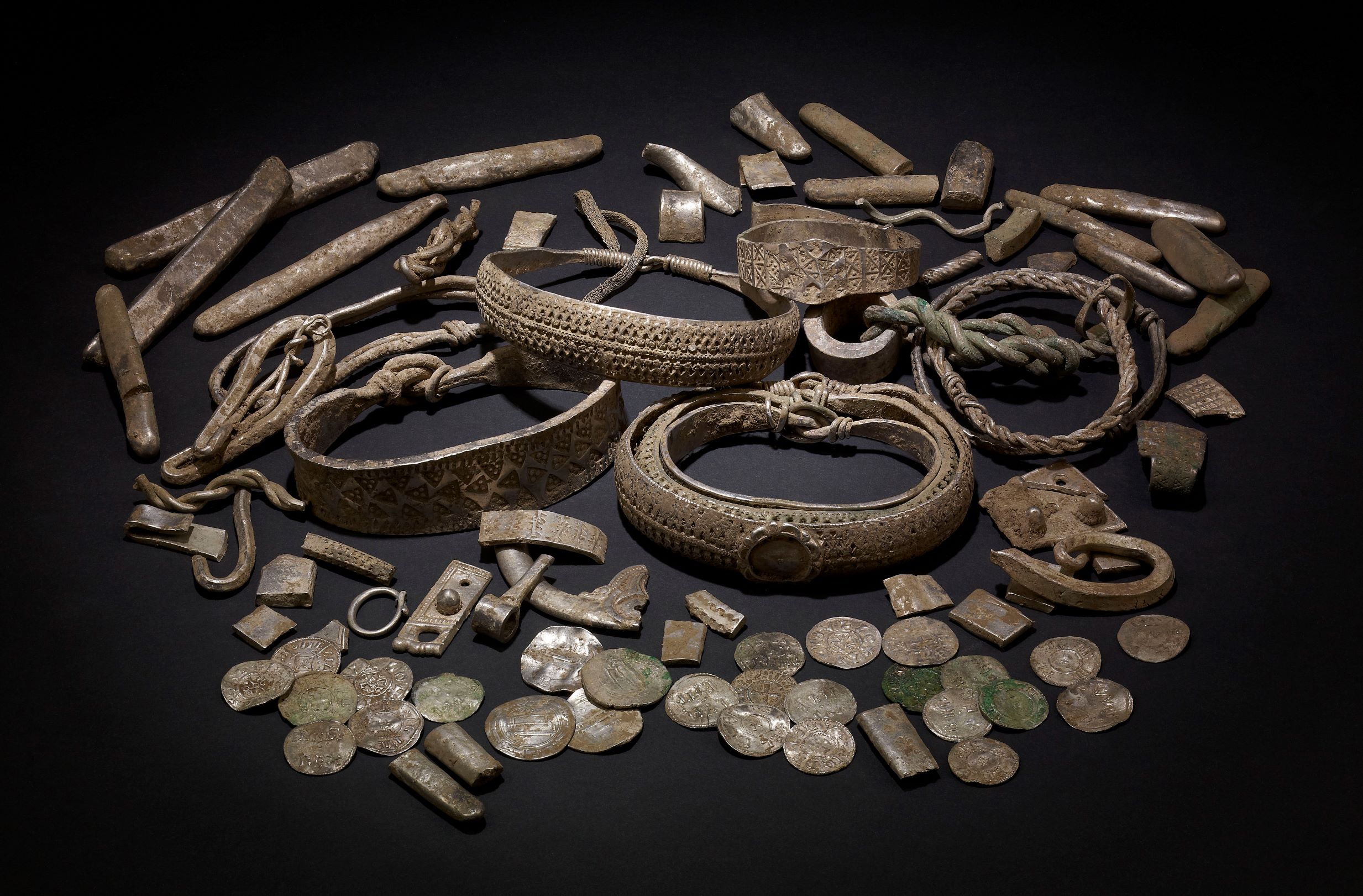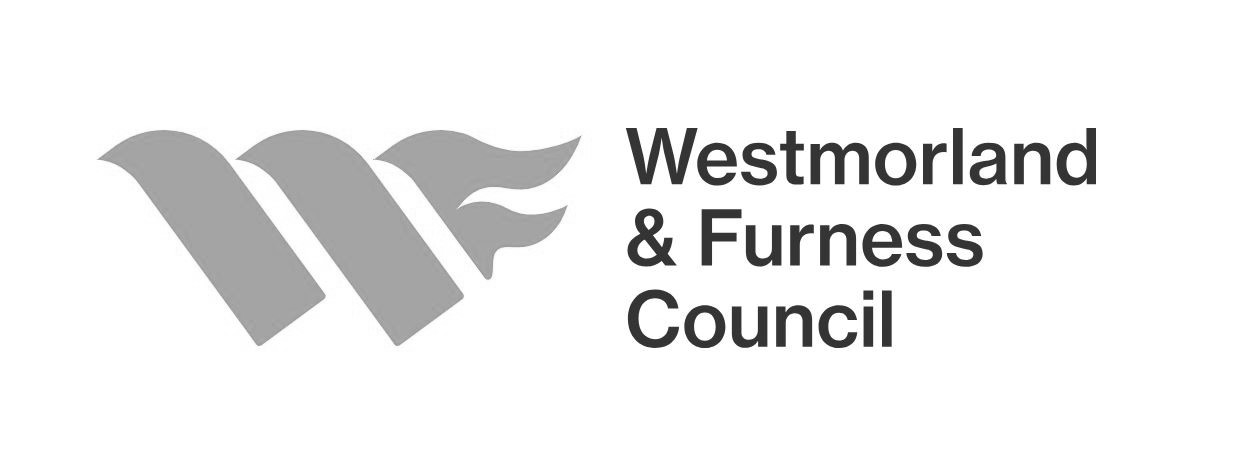Discover
This extraordinary place is famous for its amazing wildlife, stunning scenery, and superb walks. From the seasonal abundance of stunning butterflies to the shining sands of Morecambe Bay, the area is simply awe-inspiring - full of natural spectacles and a surprise around every corner.
Metal Detecting in the AONB
Metal Detecting in the Arnside and Silverdale Area of Outstanding Natural Beauty (AONB)
Over the last couple of years people have been discovering the great outdoors whether on foot, bicycle or by other means. Many have also discovered new outdoor hobbies, including metal detecting which has become increasingly popular. If you want to start metal detecting there are a few things you need to know before you start – it’s not just a case of buying a detector and going off in search of a pot of gold which will make you rich! Here are a few things you need to be aware of to ensure that your metal detecting is carried out without falling foul of the law or upsetting landowners:
- You must have the permission of the landowner and tenant in control of the land.
- It is illegal to detect on protected scheduled historic sites. Detecting on Sites of Special Scientific Interest (SSSIs) or in other designated areas may also be restricted.
- The landowner owns everything you find unless they agree otherwise.
- Fill in any holes which have been dug.
- Stop digging immediately and get expert help if you come across human remains, objects of archaeological interest or dangerous objects such as unexploded bombs. Dangerous objects and human remains must be reported to the Police immediately.
Where can I metal detect in the Arnside & Silverdale AONB?
All the land in the Arnside & Silverdale AONB is owned by someone – this might be a private individual, a business, a charity, a local authority or another organisation. Sections of the shore are ‘Crown Estate’ – technically owned by the Queen! Object found below the maximum high tide mark often need to be reported to the Receiver of Wreck.
You must have landowner permission to metal detect, and therefore it is important to find out who owns the land and ask their permission before you start. It is also important to remember that the landowner owns anything you find unless they have agreed otherwise.
Many of the areas you can walk and explore in the AONB are nature reserves or sites which are designated because of special wildlife or landscape features. Although metal detecting might not seem particularly invasive it can damage the geology and biodiversity of the area, so do remember that although you may be permitted to walk on the site this doesn’t mean you can metal detect there.
Finding treasure
If you gain landowner permission to metal detect and are extremely lucky then you may be rewarded by finding some real treasure (rather than a beer bottle top or rusty nail). It is important that, if you go metal detecting, you understand the treasure laws. Treasure is generally two or more precious metal coins, ten or more base metal coins, and two or more prehistoric metal objects or other objects made up of precious metal such as gold and silver.
Treasure belongs to the Crown unless the owner can be traced. You must report such finds to the District Coroner for the area where the treasure is found; the local coroner will usually refer finders to their Finds Liaison Officer. You will need to keep the treasure safe until you hand it over to the local Finds Liaison Officer or museum curator; they give you a receipt for the find. The District Coroner will then hold an inquest. The purpose of this is to establish the finder and when and where the treasure was found. If a museum wants the treasure then it will be valued and a decision will be made as to who, if anyone, should get a reward. A reward might go to the landowner or tenant and the person who found the treasure. If no museum wants the treasure, then it will be returned to the finder; remember that the find may still belong to the landowner.
Find out more
Happy detecting – but if you want to find out more then there then further information can be found on the National Council for Metal Detecting website. We recommend reading through their Beginners Guide to Metal Detecting.
You can find out about the The Treasure Act 1996 Code of Practice (2nd Revision) on the Portable Antiquities Scheme website.
The Portable Antiquities Scheme website also has lots of other useful information.
Please also remember to follow the The Countryside Code.









